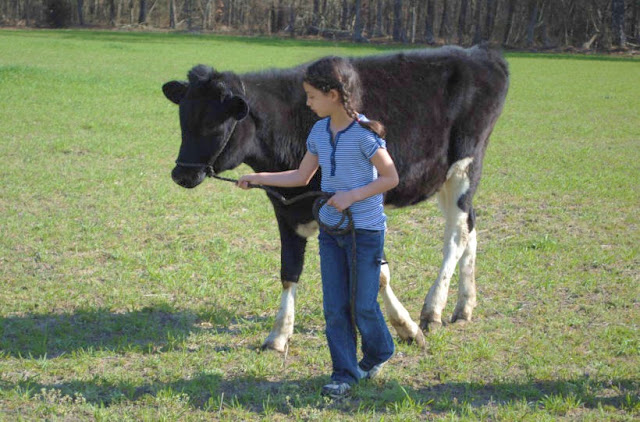 |
| © bst2012 - Fotolia.com |
I'm so happy to publish another article sharing the story of one mom's experience with bilingual homeschooling. The following is a guest post by Heather Magnuson, a mother of two and a bilingual homeschooler.
In
a former life (pre-kids), I taught first-grade Spanish-English
dual-immersion. In spite of my previous teaching experience, the
thought never crossed my mind that I could actually teach my sons Spanish, much less teach them in
Spanish. I had tried to teach my oldest son Spanish when he was a
baby, but at a very early age (14 months!) he screamed whenever I tried to read a book in Spanish. So, I gave up.
I’ve
always been a huge proponent of bi/multilingualism, and it has always been my desire for my children to be (at least) bilingual. However, I
had it stuck in my mind that they would have to learn a second language from someone other than me--ideally, at a dual-immersion school. But ideally and reality seem to never agree, especially in a military family that moves every 1 to 3 years.
Last
year as I began planning for my oldest’s upcoming Kindergarten year,
for various reasons, I decided homeschool was the best option for us. I
tucked away the idea of immersion school and began the mad quest to gather all the information I could to figure out exactly how to homeschool. But the idea of bilingual education for my kids kept nagging at me. I toyed with the idea of hiring a nanny to tutor the kids, which we could not afford. I thought about starting my own immersion school -- not such a great idea considering the 1-3 year move schedule. Finally, I had an “aha” moment, “Wait a minute, I am a
trained bilingual teacher…Why can’t I homeschool my children
bilingually?” It seems logical, right? Actually, it seemed terrifying to me. I shifted gears from trying to figure out how to homeschool to how to bilingual homeschool. I came across many wonderful resources,
including Mommymaestra, which made the prospect not quite so terrifying.
We
are now nearing the end of our first year of bilingual homeschooling.
There have been plenty of bumps along the way, but overall I would call it a success. My goal for this year was to give my kids a good foundation of Spanish vocabulary and create excitement for learning the language—which we have met. I thought it best to start small and build each year. I have all our plans in place for next year when we will take on a more formal Spanish study and do part of our history,
science, and geography in Spanish. We are all very excited about the year to come!
The following are some bits of advice for other non-native speakers considering bilingual education.
Don’t feel like you have to be a master of the language or speak it perfectly to teach it to your children.
I hold to the belief that “something is better than nothing.” Your children will benefit the most from as much exposure to the target language as possible. They can work out the kinks in the finer points of grammar through formal study.
Set realistic goals according to your resources and language ability. If the target language is spoken in your home all day, it is realistic to expect your children to output in the target language. However, if your children are receiving very limited language exposure outside of their schoolwork, it is going to take much more time before they feel comfortable producing the target language.
If you only know a little of the target language, learn along with your children. This is a great way to model to your children the joy of learning!
Remember, bilingual education doesn’t mean that every subject has to be taught in both languages. Bilingual education can simply be studying a foreign language. It can be studying one subject in the target language (Math is a great choice because numbers are the same in most languages). You can incorporate as much or as little into your own school program. That’s the beauty of homeschooling!
Finally,
just as you don’t have to be a classroom teacher to be a good homeschool teacher, you don’t have to be a foreign language teacher to be a good bilingual homeschool teacher. The most important qualification you have is that you know your children and how they learn best.
!Buena suerte!
-------------------------------------------
Heather Magnuson is a non-native Spanish-speaker,
providing her two sons (ages 6 and 4) with a classical,
Spanish-immersion homeschool education. She is documenting their journey on her blog, Homeschool Aventuras.
Did you enjoy this article? Are you thinking about homeschooling your child? Let me help! My book - The Latino Family's Guide to Homeschooling - covers everything you see here and more.





























